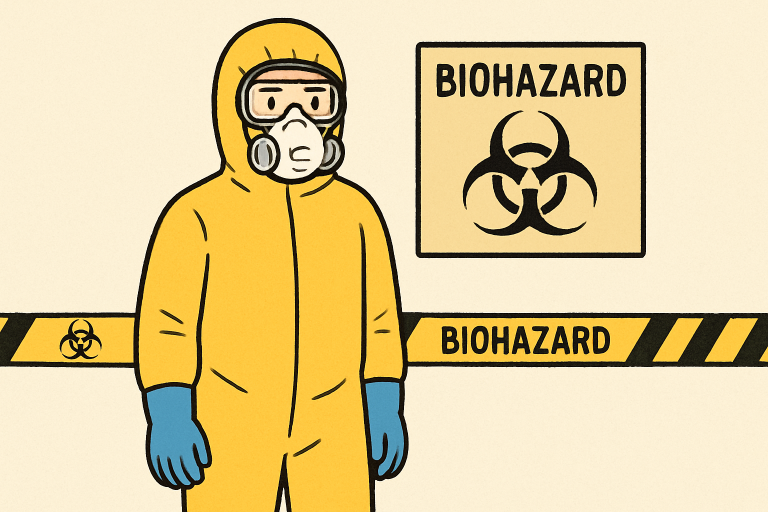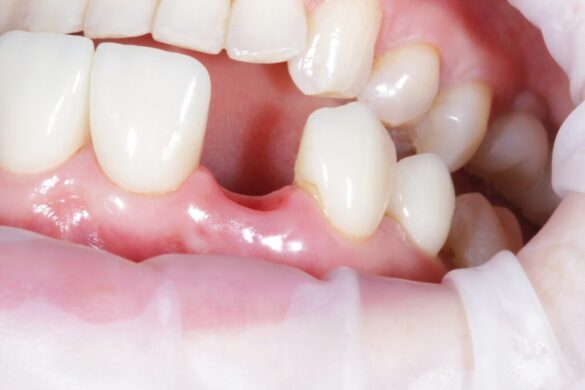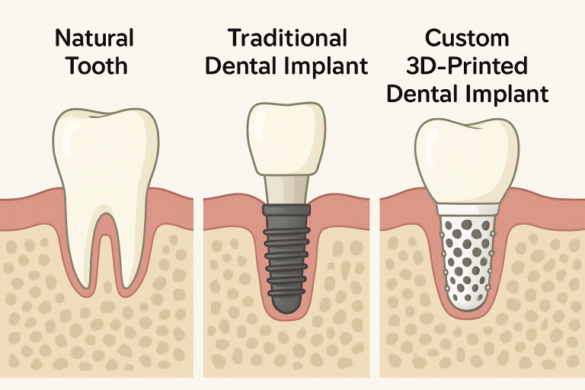Introduction
Biohazard cleanup is an essential and specialized process that demands strict adherence to safety measures. Whether responding to crime scenes, trauma incidents, or contamination from infectious diseases, following correct procedures protects the cleanup team and anyone who might later enter the site. For situations such as Seattle area emergency cleanup, the risks presented by blood, bodily fluids, bacteria, viruses, and other biohazards require careful and professional management.
Those performing biohazard cleanup must take every precaution to prevent accidental exposure or environmental contamination. Without appropriate guidelines, acute health effects and long-term ecological risks can arise. That’s why employing certified professionals is essential for minimizing spread, legally compliant disposal, and properly restored spaces.
Biohazards threaten human health through pathogens such as HIV and hepatitis, bacteria, viruses, and even drug residues like fentanyl. Inappropriate handling of these materials can result in serious illness, liability for property owners, and a contaminated environment. Along with direct health hazards, improper removal methods can expose the public to long-term risks.
Hiring certified experts for tasks like safe biohazard cleanup ensures safety and compliance by applying professional containment, decontamination, and waste management protocols.
Regulatory agencies such as OSHA and the CDC outline proper procedures. Still, guidelines can be complex and vary by region. For more information about basic biohazard safety principles, reference resources such as the CDC’s environmental cleaning resources.

Understanding Biohazards
Biohazards are defined as biological substances that pose a danger to humans, animals, or the environment. These hazards generally originate from:
- Bloodborne Pathogens: Such pathogens include HIV, hepatitis B and C, and other microorganisms spread through blood and bodily fluids.
- Bacterial Infections: Pathogenic bacteria like MRSA and E. coli are common biohazards found at crime or trauma scenes.
- Viral Contaminants: Contagious viruses can linger on surfaces for hours to days, posing ongoing risks.
- Other Hazardous Materials include chemicals, drug residues, and fecal matter.
Understanding the nature of each hazard is key to determining the correct level of response and protocols, as outlined by OSHA bloodborne pathogens standards.
Personal Protective Equipment (PPE)
Using Personal Protective Equipment is a non-negotiable part of biohazard cleanup. Proper PPE prevents direct exposure to hazardous materials and includes the following:
- Gloves: Should be chemical- and puncture-resistant to shield the skin from blood and pathogens.
- Masks and Respirators: Essential for protecting respiratory systems from airborne threats.
- Full-Body Suits: Provide head-to-toe protection, minimizing skin or clothing contamination risk.
- Eye Protection: Safety goggles or face shields protect against splashes.
It’s not enough to wear PPE—workers need comprehensive training on correctly putting on, taking off, and disposing each piece of equipment to avoid self-contamination.
Containment and Isolation
Containing biohazardous materials is essential to prevent their migration to uncontaminated areas. This typically involves:
- Establishing Controlled Zones: Marking and physically separating contaminated areas using tape, signage, or barriers.
- Using Physical Barriers: Plastic sheeting and zip walls often confine hazards to designated spaces.
- Setting Up Decontamination Areas: Creating transition areas for doffing equipment and decontaminating personnel and tools as they leave the site.
Properly executed containment makes decontamination more efficient and minimizes the risk to building occupants and emergency responders.
Proper Disinfection Methods
Effective disinfection is a multi-step process. It requires the physical removal of infectious material and the chemical inactivation of pathogens. Recommended disinfectants include:
- Bleach Solutions: 1:10 sodium hypochlorite mixtures are potent against many viruses and bacteria.
- Alcohol-Based Solutions: At least 70% alcohol for small, non-porous items and surfaces.
- Hydrogen Peroxide: Useful for delicate surfaces and effective against a broad spectrum of contaminants.
To ensure full efficacy, follow product instructions for dilution, application, and contact time. Disinfectant safety data sheets and manufacturer protocols should always be referenced.
Safe Disposal of Hazardous Materials
All removed materials, such as contaminated PPE, cleaning tools, and absorbent materials, must be sealed in biohazard-labeled, leak-proof, and puncture-resistant containers. Disposal is governed by local, state, and federal laws, often requiring transportation to specialized incinerators or landfills licensed to handle medical or biological waste. Improper disposal can lead to fines, legal action, and uncontrolled exposure, emphasizing the necessity of working with trained professionals.
Training and Certification
Personnel involved in biohazard cleanup must complete accredited training programs covering hazard identification, PPE protocols, safe cleaning procedures, containment, and waste management. Regular education and recertification ensure crews remain updated with evolving safety standards and local regulations. Certification verifies competence and provides assurance to property owners, insurers, and regulators.
Legal and Regulatory Compliance
Biohazard cleanup is regulated by laws and standards at multiple levels to protect public health and the environment. Compliance with OSHA’s Bloodborne Pathogens Standard, Environmental Protection Agency (EPA) regulations, and local statutes is mandatory. Ignoring or neglecting these rules risks steep penalties, lawsuits, or even closure of affected properties or businesses. Professional remediation companies ensure comprehensive compliance and proper documentation for your records.
Conclusion
Following stringent safety protocols throughout biohazard cleanup is critical for health, legal, and environmental reasons. By correctly identifying hazards, utilizing specialized PPE, strategically isolating and containing affected areas, applying suitable disinfectants, and ensuring lawful waste disposal, you can confidently manage contamination and protect all stakeholders involved. Engaging well-trained and certified professionals provides the highest assurance of safe, thorough, and regulation-compliant biohazard cleanup.









